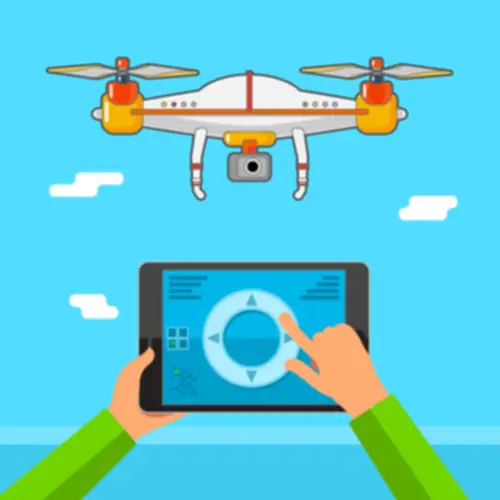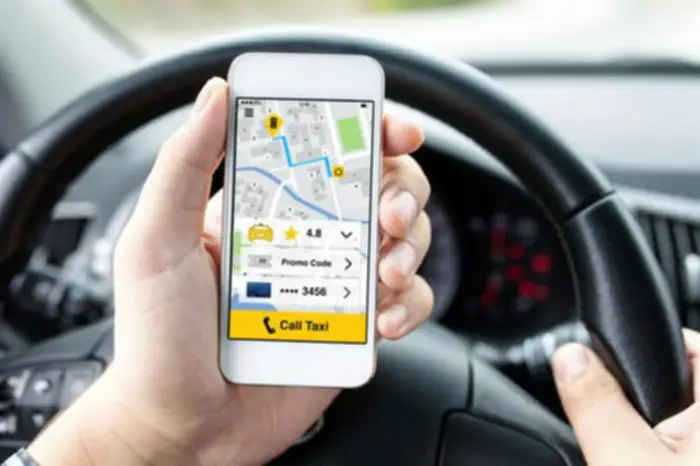The Internet of Things is a constantly growing trade that requires extra efficient methods to handle information transmission and processing. Connecting your organization to the cloud, you get entry to the above-mentioned companies from any location and via different units. Moreover, there is no want to maintain cloud vs fog computing native servers and fear about downtimes — the vendor helps every thing for you, saving you money.

Web Connectivity Requirement
This alignment ensures that organizations can leverage the complete potential of digital applied sciences while mitigating inherent dangers and optimizing operational efficiency. Cloud computing, in distinction, relies on distant servers positioned in information centers, potentially thousands of miles away from the data supply. This centralized mannequin can introduce important latency however offers huge storage and processing capabilities. That being stated, one should perceive the efficiency and effectiveness of cloud, edge, or fog computing solutions can be significantly influenced by the capabilities and options of the local gadgets concerned. Limiting components embrace the system’s processing energy, reminiscence, and storage capabilities; location and latency considerations; information switch capability; and the scalability and total suitability for the task at hand.
Difference Between Cloud Computing And Fog Computing
The data is upfront, and there’s no delay from processing it elsewhere. The edge is the king of non-connectivity and is often the correct resolution for operators in far-removed places. For those operating in a barely extra centralized and connected method, there’s usually a extra applicable solution.
Fog Computing Vs Cloud Computing: Key Variations
These techniques use sensors and cameras to monitor site visitors flow in actual time at intersections. The data collected by these devices is processed domestically at fog nodes, enabling the site visitors lights to adjust their patterns instantaneously to reduce congestion and improve site visitors circulate. This instant data processing at the edge drastically cuts down the time it will take to ship information to the cloud and again, demonstrating the effectiveness of fog computing in managing real-time, data-intensive tasks.
Fog Computing Vs Edge Computing
The localized knowledge processing additionally bodes well for energy effectivity and lowers general data transmission prices. An instance of cloud computing in action is the use of online companies like Google Drive. Google Drive permits users to save tons of recordsdata to the cloud, edit paperwork, spreadsheets, and shows with collaborators in real-time, and access their files from anywhere in the world with an web connection. Since information is processed at an area stage quite than being routed through a central server, there is much less distance for knowledge to travel and fewer time wanted for processing. As such, fog computing offers considerably sooner and extra responsive performance than traditional cloud computing methods.
This distinction makes cloud computing best for heavy-duty processing tasks, while edge and fog computing are better fitted to eventualities requiring quick, localized decision-making and reduced latency. At a fundamental level, cloud computing and fog computing are related in that they each contain the distant use of computing power and resources. However, in relation to capacity, there are some necessary variations between the two approaches. In common, cloud computing is better suited to duties that require large amounts of processing power, such as massive information analytics and complicated modeling. Fog networking enhances — would not exchange — cloud computing; fogging allows short-term analytics at the edge, whereas the cloud performs resource-intensive, longer-term analytics.
- Proponents of fog computing over edge computing say it is more scalable and offers a better big-picture view of the community as a number of information factors feed information into it.
- World’s finest Cloud Training & Cloud consulting providers firm provides companies in Cloud, DevOps, AI & ML, IoT, Data analytics and Cloud Security to midsize and enterprise shoppers worldwide.
- The Internet of Things is a continually growing business that requires more environment friendly ways to handle data transmission and processing.
- Whether you are working on a project with colleagues or sending massive information to friends and family, the convenience and adaptability of cloud computing make it an indispensable device for modern businesses and individuals alike.
- In distinction, fog computing relies on local hardware, which may be slower to reply due to components corresponding to latency and restricted bandwidth.
In this software, edge information facilities, like their larger cousins, will present the underlying platform to agnostically help fog community operations be they from Cisco, EMC, VMware or Intel. On the other hand, edge, and fog computing frameworks are best suited if your corporation presents functions that require fast responses for accurate decision-making in real-time. The processing energy and storage ability of edge computing is the least among the many three. Another critical similarity amongst cloud, fog, and edge computing is their alignment with regulatory compliance requirements.
Fog computing is a decentralized processing and storage architecture for the Internet of Things (IoT), during which information, applications, and different companies are distributed in locations between end devices and the cloud or information middle. Fog computing strikes information processing and decision-making nearer to where it’s wanted, enabling real-time decisions; decreasing latency, jitter, and bandwidth necessities; and bringing new levels of safety and privateness. Both utilize networks of data facilities which would possibly be distributed across completely different locations, allowing for elevated mobility and flexibility in accessing information. Whereas cloud computing depends heavily on centralized servers and communication channels, Fog computing spreads resources extra evenly all through the network.

The major distinction among edge, fog, and cloud computing lies of their data processing areas, which fundamentally impacts their operational fashions and functions. Edge computing is the processing of sensor information away from centralized nodes and close to to the network’s logical edge, towards individual knowledge sources. In different words, rather than sending all the information to the cloud for analysis and action, this process occurs much nearer to the supply of the info. Edge computing removes the trouble of needing connectivity and might instantly break down information into useful pieces of information for use on the source. If the information isn’t getting used as part of a larger system however instead to tell a particular piece of kit or facility solely, edge computing is a good solution. There’s no ready on potential upkeep purple flags from headquarters or offsite personnel.
This localized strategy additionally minimizes latency and bandwidth usage, potentially offering value savings for functions that require real-time processing. There are some key differences in terms of where these companies are literally situated. Whereas cloud computing refers particularly to storing data in large server farms that are hosted by third-party companies, fog computing relies on smaller native gadgets such as routers, switches, and other networking hardware.
Edge computing is a computing structure that goals to deliver computing closer to the supply of data. It is predicated on the concept of processing information on the fringe of the community, versus within the cloud or in a centralized information center. The thought behind edge computing is to reduce the amount of data that must be sent to the cloud or a central server for processing, thereby reducing network latency and improving overall system efficiency.
When evaluating edge, fog, and cloud computing from a price perspective, several elements come into play. Initial setup costs, ongoing operational expenses, and the necessity for specialized hardware or infrastructure all contribute to the entire value of ownership for each computing model. Therefore, the selection between edge, fog, and cloud computing is dependent upon the particular wants of the applying, notably regarding velocity, volume, and processing power.
Cisco estimates that by the top of 2019, IoT will generate greater than 500 zettabytes (500 trillion gigabytes) per year in knowledge. A lot of that information might be sent to the cloud to be processed, examined, analyzed, digested and ultimately acted upon. Cloud computing allows firms to keep away from or minimize upfront IT infrastructure costs and lets them give attention to their core companies as an alternative of spending assets on laptop infrastructure and maintenance.

Our extremely certified specialists have vast experience in IT consulting and custom software improvement. This blog covers quite a few matters on industrial automation similar to operations & administration, continuous & batch processing, connectivity, manufacturing & machine control, and Industry four.0. Scale Computing and G2 collaborate in this infographic to clarify why organizations search server virtualization alternate options, and compares Scale Computing Platform and VSphere side-by-side. World’s finest Cloud Training & Cloud consulting services firm offers companies in Cloud, DevOps, AI & ML, IoT, Data analytics and Cloud Security to midsize and enterprise clients worldwide. Abhresh is specialised as a company trainer, He has a decade of expertise in technical coaching blended with digital webinars and instructor-led session created programs, tutorials, and articles for organizations. He can be the founder of Nikasio.com, which presents multiple providers in technical coaching, project consulting, content improvement, and so forth.
Transform Your Business With AI Software Development Solutions https://www.globalcloudteam.com/